The story of Frederique Constant started back in 1904 when Frederique Schreiner and Constant Stas began creating printed dials for watch manufacturers, but the brand itself would not come to fruition until their descendants launched the official Frederique Constant brand in 1988. Aletta Bax and Peter Stas would take an additional 6 years to perfect their first watch collection. These first models differed from modern day Frederique Constant watches in the fact that they were powered by Swiss movements and hand-assembled in Geneva, while the manufacturer’s timepieces today are all developed in house. Frederique Constant has spent the last three decades honing into specific technologies and has developed computer software and computer aided design to assist with a wide range of innovative designs. Despite this modern technology, the style of a Frederique Constant watch is remarkably timeless and elegant.
In 1994 Frederique Constant created its first wristwatch called the Heart Beat watch. One of the characteristics of the Heart Beat was, as its name suggests, its ability to expose the beating heart of the watch through its dial side. Collectors who admired the inner workings of a timepiece were granted the opportunity to view the intricate components and meticulous assembly of each part of the movement whilst simultaneously being able to read the time. A decade later and the Heart Beat watch was superseded by the Frederique Constant Heart Beat Manufacture, powered by one of the brand’s very own independently crafted movements. This mechanical movement took a total of three years to develop and paved the way for other exquisite timepieces like the Moonphase iteration, which displayed the positioning of the moon as it is seen in the night sky each evening.
Five years later, Frederique Constant developed its first tourbillon movement, equipped with a silicium escape wheel that improved reliability and overall performance of the watch. As a result, the movement was chosen to power the Frederique Constant Heart Beat Tourbillon Manufacture. The brand’s authentic approach to Haute Horlogerie continued with models like the Flyback Chronograph Manufacture, equipped with a mechanism that enables the chronograph hand to be stopped, started and reset again with the simple activation of one pusher. The model launched in different dial colours and finishes but also boasted a classic and sophisticated aesthetic that made it possible to wear and enjoy alongside business attire and formal suits.
For travellers, the Frederique Constant Worldtimer watch proved a success with its ability to track a separate time zone with a 24-hour scale and a day and night indicator. Cases crafted from stainless steel as well as options in gold plated finishes make these timepieces ideal for accompanying the wrist on business trips. One of Frederique Constant’s most recent successes is the innovative Smartwatch. Despite housing cutting edge technology that enables the wearer to track calories burnt, steps taken and heart rate readings, the watch has a traditional looking aesthetic and a classic dial for wearing as an everyday watch. In addition to a worldtime feature, the Frederique Constant Smartwatch also offers functions including, a smart alarm, cloud storage, activity tracker, activity alerts and sleep monitoring functions.
The popular Runabout watch collection has also seen some modifications to its design. Each year a limited edition from the Runabout series is released in celebration of the partnership between the Swiss watchmaker and the non profit organisation, Riva Historical Society. This Milan based association founded in 1988 preserves and restores classic Runabout boats designed by Mr Carlo Riva. Automatic movements in a 42mm case finished in a rose gold plating are among some of the most elegant designs from this series, as are iterations with hobnail textured dial surfaces bearing beautiful leather straps and in-house developed automatic movements.

